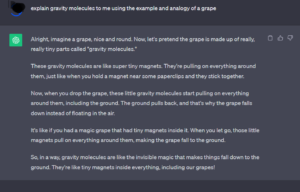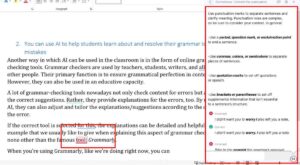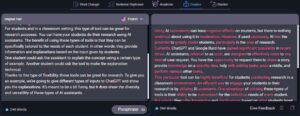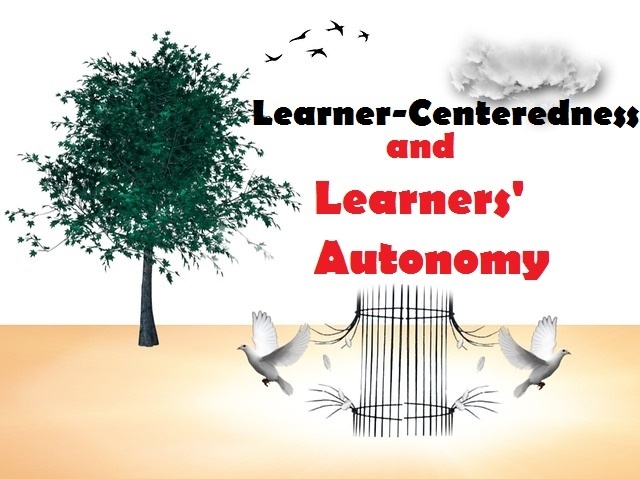Different Ways Teachers Can Use AI in Their Classroom
AI can be utilized in various ways. For writers, SEO experts, and other IT professionals, AI can enhance productivity and streamline tasks. On the other hand, for teachers, AI can serve as a valuable tool for enhancing learning and education. If you’re considering implementing AI in your classroom, there are various activities to explore and tasks to automate. In this post, let’s delve into some of these possibilities.
1. You can use AI to help students research better
While excessive reliance on AI can be detrimental to students, there’s nothing wrong with its moderate use. When used judiciously, AI can be a valuable resource for students, especially in the context of research.
Presently, tools like ChatGPT and Google Bard have gained popularity as AI assistants. These AI assistants are designed to accommodate a wide range of user requests, such as storytelling, teaching concepts, editing work, posing riddles, and more.
In a classroom setting, these AI assistants can be particularly beneficial for research purposes. They allow students to conduct research with a personalized touch. These tools offer information and explanations based on individual student inputs. For instance, one student could request an explanation of a concept using a specific example, while another might ask for a technical explanation.
The flexibility of these tools makes them ideal for research. To illustrate this, we will provide various inputs to ChatGPT and showcase the diverse and versatile explanations it can offer. This exercise aims to be both informative and lighthearted, highlighting the potential of these AI assistants.


2. You can use AI to help students learn about and resolve their grammar issues and mistakes
AI can also find a valuable place in the classroom through online grammar-checking tools. These tools are utilized by teachers, students, writers, and various other individuals to ensure grammatical accuracy in written content. Beyond their primary function, they can serve an educational role. Many modern grammar-checking tools not only identify errors but also offer correct suggestions and explanations for those errors. What sets them apart is their ability to adjust and customize explanations and suggestions to the specific context of the error.
When the right tool is chosen, the explanations can be both comprehensive and instructive. An exemplary tool in this category is Grammarly.
When using Grammarly, as we are doing right now, you can click on any error it highlights and select the “Learn More” option to access a detailed explanation. What’s particularly beneficial about Grammarly’s explanations is that they provide thorough information, complete with examples. The accompanying image demonstrates this feature:

3. You can use AI to help students improve their writing skills
AI can also play a significant role in helping students enhance their writing skills, and this aspect is quite multifaceted. There are various facets of writing skills that can be improved, and there are numerous online tools available for each of these facets.
One essential element to polish in writing skills is grammatical understanding, as previously mentioned. This aspect can be enhanced using the method described earlier. Another critical aspect is writing clarity, which involves making writing clear and easy to understand.
This clarity can be improved with the assistance of online rephrasing tools. Rephrasing tools have a straightforward function: to paraphrase and rephrase content. While their primary purpose is content alteration, many of these tools now harness AI, enabling them to make intelligent changes to the text. Consequently, the text’s quality is enhanced.
For students, these tools can be particularly helpful when incorporated into the following exercise:
- Have students create their own content.
- Use an AI paraphrasing tool to process each student’s content individually.
- The tool will enhance the text’s quality and highlight the changes.
- Display the improved content to the students and instruct them to take note of the alterations. This exercise can help students incorporate similar wording and phrasing in their own content, thus improving their writing clarity.
To give you a quick idea of the type of changes and alterations that these tools typically make, here is an example. This is an online tool called Paraphrase-Online.com:

Conclusion
In conclusion, these are some of the ways in which you can integrate AI into your classroom. When used judiciously, with proper ethical considerations, these AI applications can serve as valuable tools for enhancing students’ skills and improving their performance.







